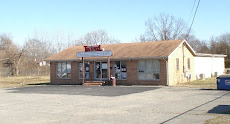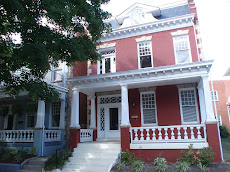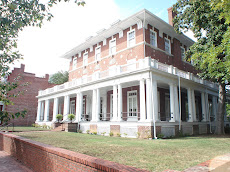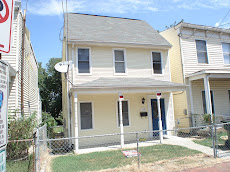This is a reprint of the Times Dispatch article today
WILL JONES AND MICHAEL MARTZ TIMES-DISPATCH STAFF WRITERPublished: July 15, 2009
Richmond Mayor Dwight C. Jones wants the city to buy the coveted site of GRTC Transit System next to the Fan District and to guide private development of the property.
Tammy D. Hawley, press secretary to Jones, confirmed the city's interest in the property, currently assessed at $3 million, and said the issue is being discussed by the boards of GRTC and the Richmond Redevelopment and Housing Authority. She said it is unclear what type of development might be planned and whether a sale to the city will occur.
"As I understand it, the idea would be . . . you'd go through a process of issuing a [request for proposals] for a particular type of development," she said. "No RFPs have been shaped for the type of development that would be pursued."
Officials at the housing authority did not return repeated calls for comment.
John M. Lewis Jr., chief executive officer of GRTC, deferred questions about a potential sale and development to the city, which is half owner of the transit system with Chesterfield County. However, he said any deal ultimately would have to satisfy the federal government, which has a financial stake in the transit system property.
"I must get market value," said Lewis, who expects the transit system to move to its new headquarters and operations center in South Richmond at the end of this year.
The Fan-area property, almost 7 acres along West Cary Street between Robinson Street and Stafford Avenue, has been viewed as a prime development site for a mixture of residences, businesses and offices ever since GRTC announced more than two years ago its plan to move.
"Even with today's difficult economy . . . it's still going to be a high demand for that site," said C. Lee Warfield, executive director of Thalhimer/Cushman & Wakefield, a commercial real estate brokerage in Richmond.
Warfield said the best option for making the most of the site would be a sale to a private developer.
"The best opportunity to get the highest quality project . . . would be to have an open process to look at all development opportunities instead of having the public sector develop it," he said.
Hawley emphasized that the city would be seeking private development of the property. She also said the city believes it should play an active role in the process because the site has significant potential.
"The mayor has said he wants the city to grow by design, not by default," she said.
The RRHA's potential involvement would not necessarily be a sign that low-income housing is envisioned, Hawley said. The authority manages public-housing units and a subsidized housing program, but it also routinely holds property for the city, including the Miller & Rhoads building downtown before it was developed as a Hilton Garden Inn and condominiums.
"It's not a foregone conclusion that it's low-income housing when RRHA is involved," Hawley said.
Second District Councilman Charles R. Samuels, whose district includes the Fan, said whatever happens to the property will have a major influence on surrounding neighborhoods. He expects to work closely with Councilman E. Martin Jewell, whose adjoining 5th District includes the GRTC site.
"That's a huge parcel of land, and there's a lot of potential for what may come out of it," Samuels said.
The Fan District Association hasn't been briefed on any potential sale or plan for development of the property, President Barbara Hartung said.
Subscribe to:
Post Comments (Atom)














































No comments:
Post a Comment